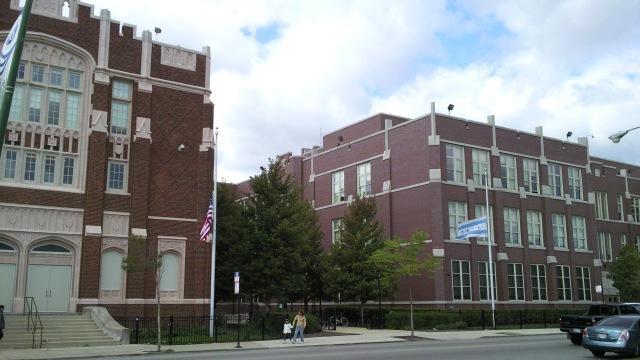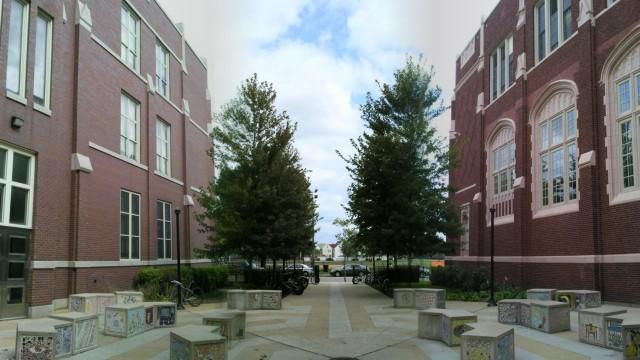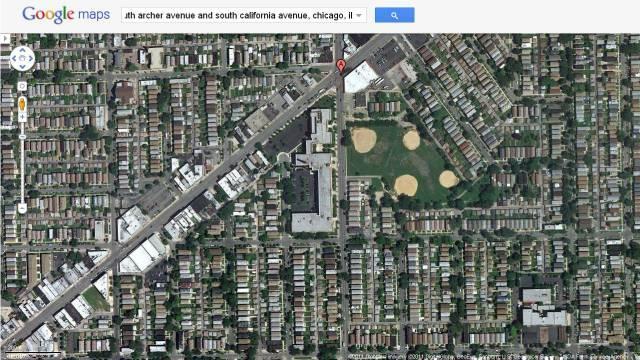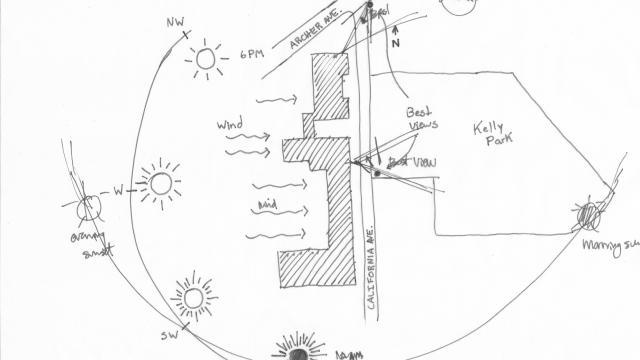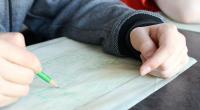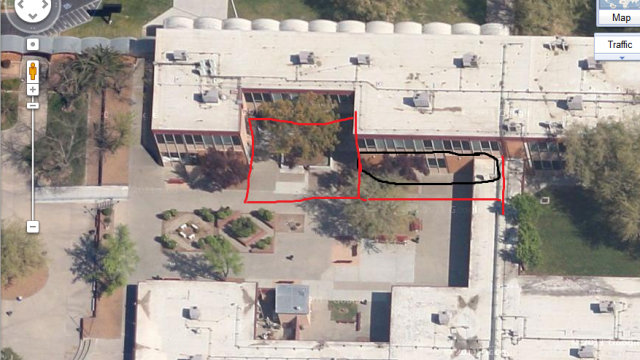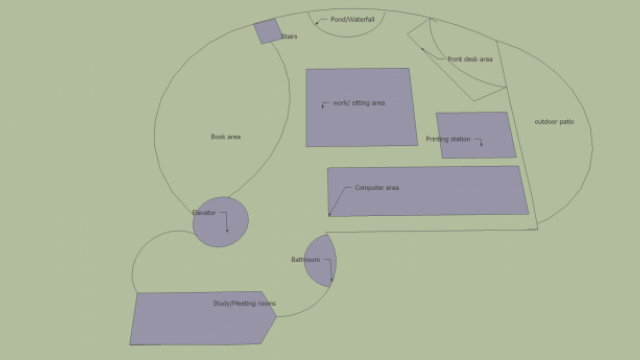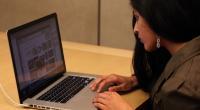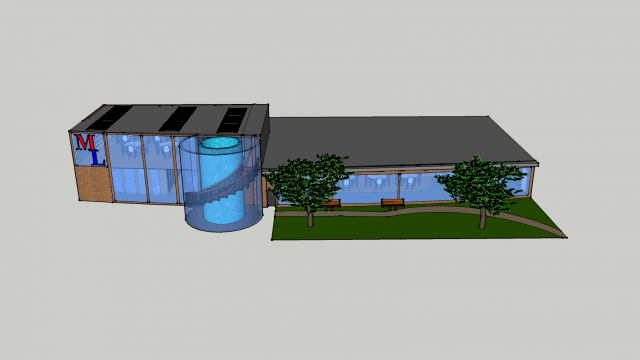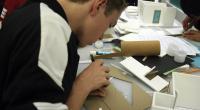
HONORABLE MENTION: Redesign your school library | 2013 National High School Architecture Competition #389
During this project I will be redesigning my school library. In the process I will be making the library more economically and energy efficient, as well as adding key features to make our great library into a exceptional library. The first step I will be taking to do this is collecting information. Through collecting info I will be talking to the people who use our library such as the students and faculty. In doing so I came up with a good idea about what is wrong with its current design.
Problems:
1.) Not enough computer space
2.) Heating and Cooling issues
3.) Outdoor space needed
4.) Better traffic flow
5.) More lounge space
Solutions:
1.) Utilizing surrounding classrooms for extra space
2.) Replacing the skylight windows with low-e triple pane glazed windows as well as the windows surrounding the courtyard
3.) Using the senior courtyard for outdoor reading space
4.) Special paths in the floor as well as placement of furniture to provide exceptional traffic flow
6.) The expansion of the library leaves the surrounding areas available for lounge space
Overall, through the design loop, I am going to be designing the school library to be more socially and economically friendly to the students and faculty members of the school as well as more energy efficient.
.png)


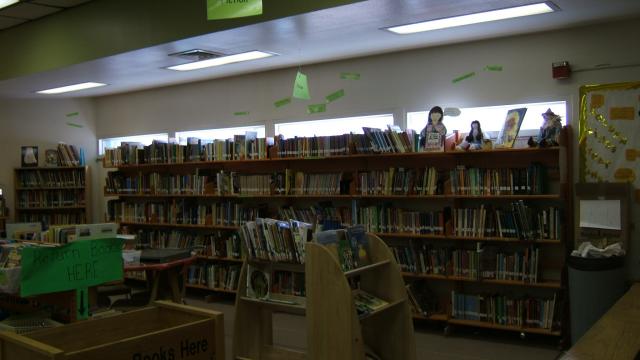
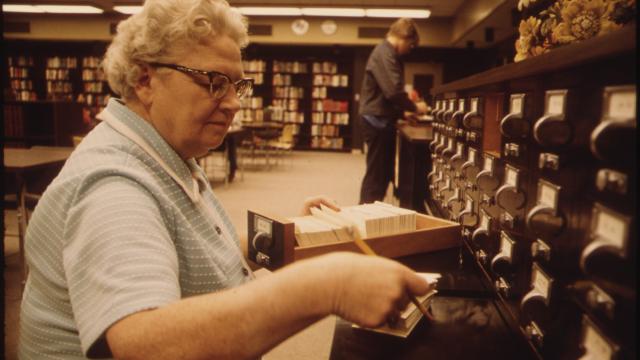

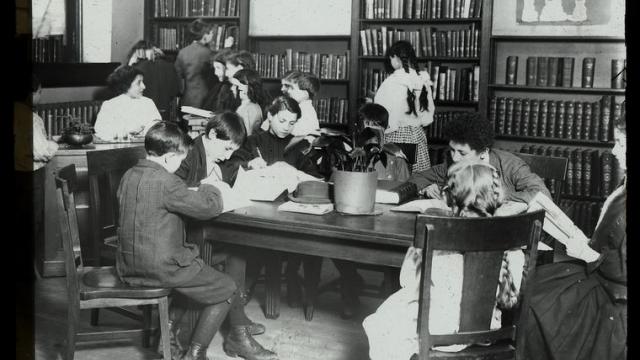
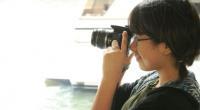


.jpg)
.jpg)
.jpg)
.jpg)


